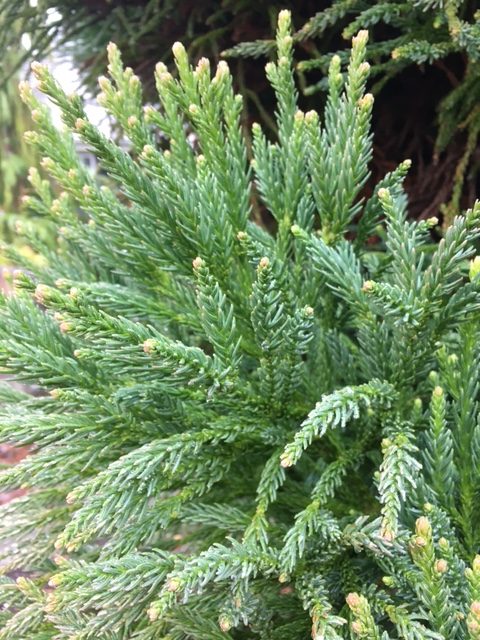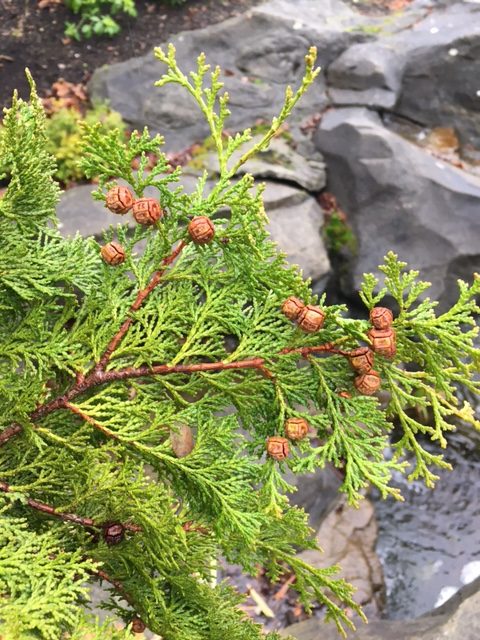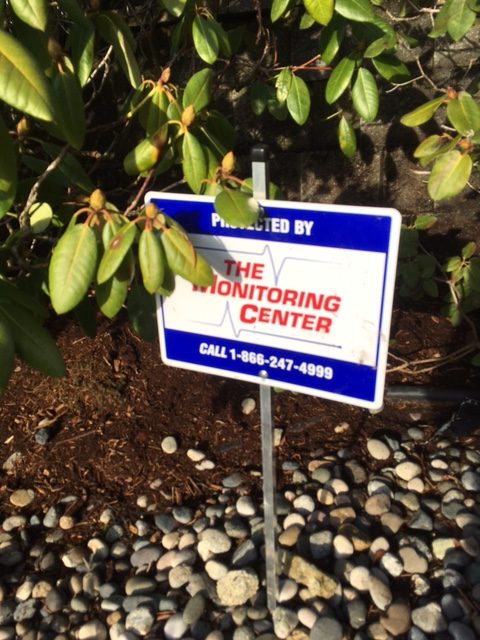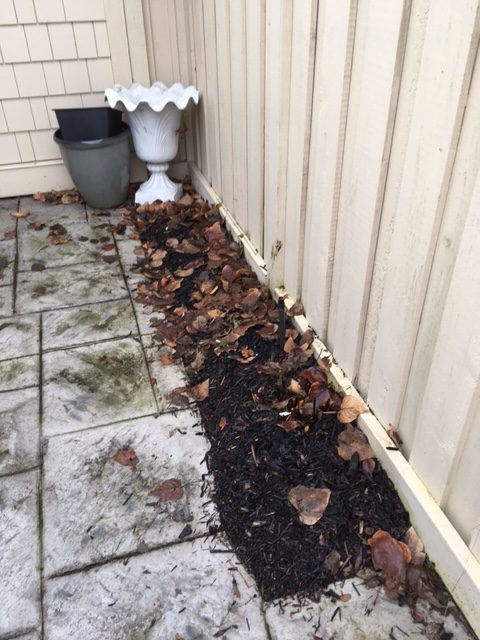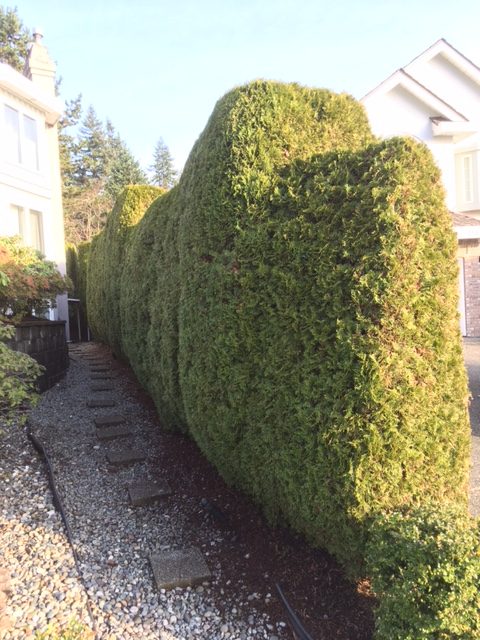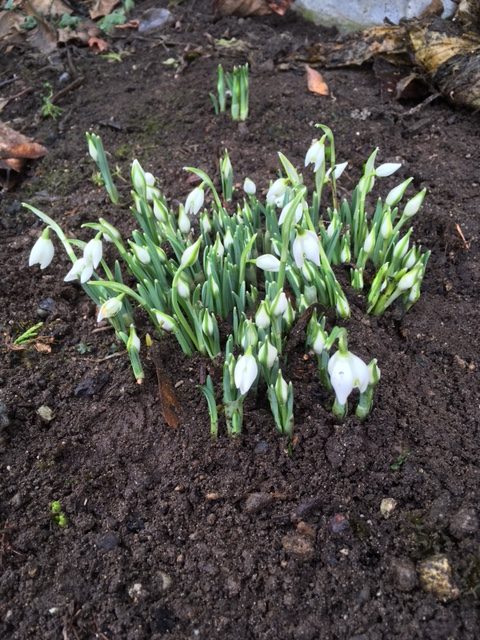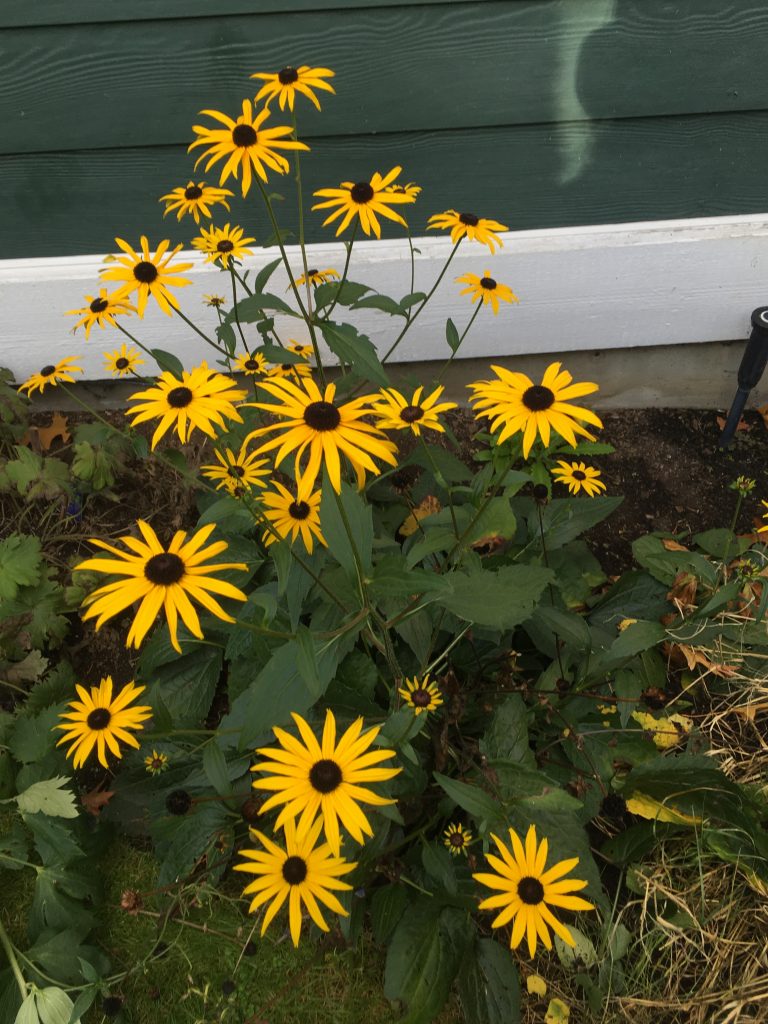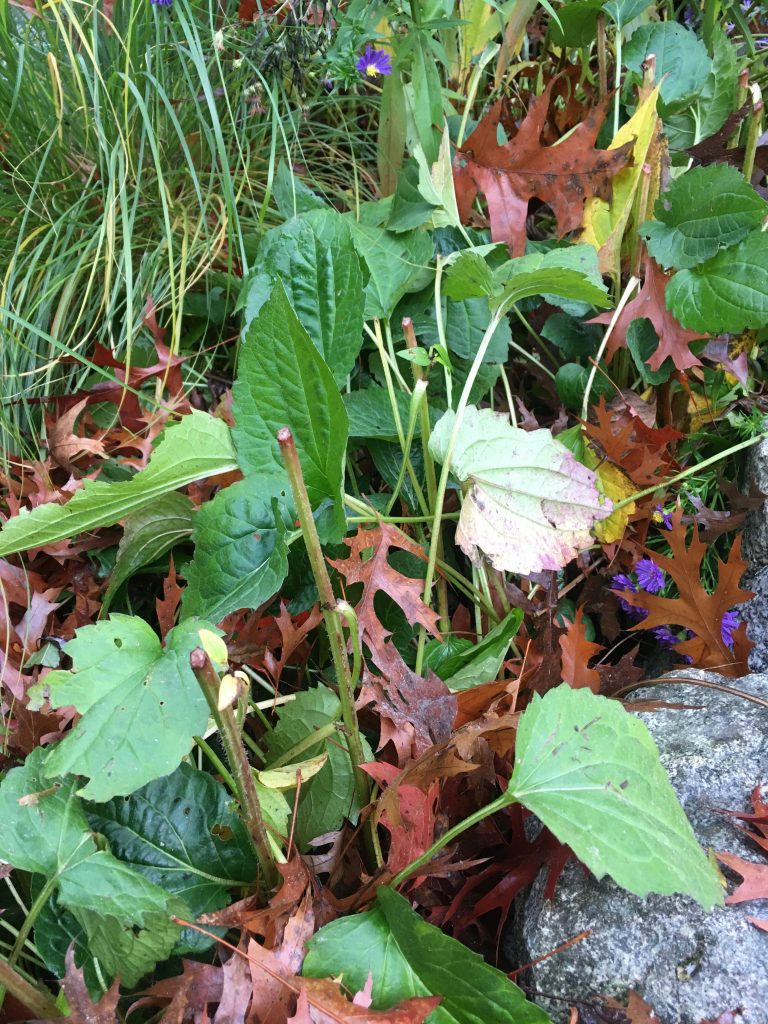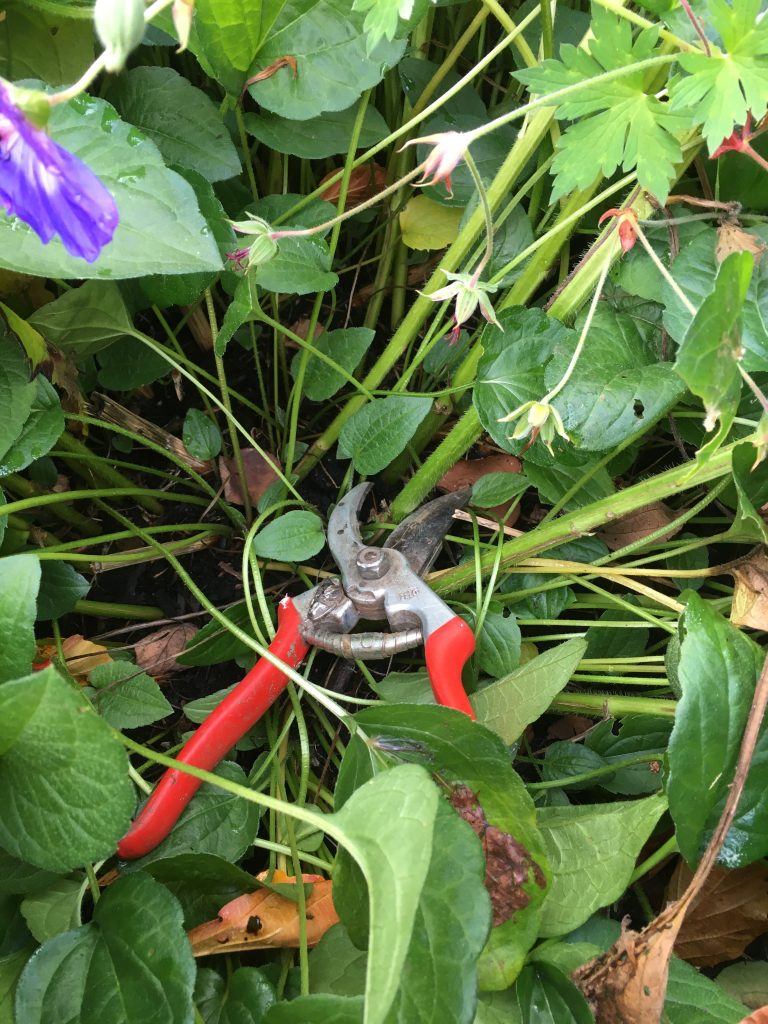The question
Can you become a gardener or is it some talent you were born with? In years past, I often wondered the same thing and the answer is obvious. You can become a decent gardener, if you work at it. If you actually go out in your garden and get dirty.
Catie Marron‘s 2022 book “Becoming a gardener” is yet another book born during the pandemic when people were shut in their homes. In some parts the book reads like an essay from school; it’s clear she did a lot of reading and research, covering people who wrote about gardens and famous gardeners. The pandemic was a great time for reading and research.

I bought the book in audio format on Audible.com at 85% off the regular non-member price. This worked out to less than five dollars which is a steal. It runs just under three hours at 1.2 speed and there aren’t any issues with the narration. It’s a well-produced audiobook complete with a downloadable pdf file.
Gardening
Marron moves to Connecticut, surrounds herself with mentors, gets all of the necessary garden tools and goes for it. Buy year two, she’s growing vegetables and sharing them with food banks. Not bad at all. So, it can be done.
Towards the end of the book, Marron starts to share her new knowledge and she is very subtle about it. It’s sprinkled here and there.
As I write this review, I have trouble recalling Marron’s larger life lessons. That’s because I am distracted by the pdf print out. In one section it covers your annual garden tasks which is handy, even after you adjust for her location in Eastern United States.
Then there is a literary section on garden writers which can introduce you to new works. I know some of the writers like Michael Pollan. The others I will have to discover.
Lastly, there is the bibliography where you get to check out Marron’s sources. This is gold for less than $5.
Conclusion
Complete beginners will enjoy this book. I listened to it at 1.5 speed in under three hours while I worked outside landscaping. That’s how I like it when there aren’t any crew members around. Work, earn and learn at the same time.
The accompanying pdf file is an awesome resource you should consider mining. However, I would hesitate to buy this book at full price. I scored it on Audible.com at 85% discount.








